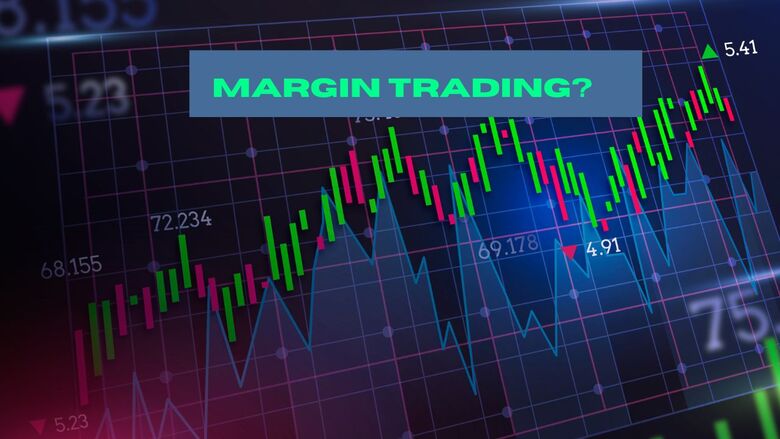How Margin Trading Affects Market Volatility – Learn More

MTF is abbreviated for Margin Trading Facility. It is a pond full of fish for traders and investors looking to multiply their profits in this astronomically scaling up stock market. Margin Trading, by giving borrowing facilities from the brokers to trade money that could be available from their savings, opens the space for good profits. But the dangers it carries with being induced in unexpected swings in the market remain.
What is Margin Trading (MTF)?
Margin trading or MTF includes an action of borrowing money from a broker and investing in securities or stock far beyond the trader’s available cash balance. The current portfolio of the trader or cash collateralizes the borrowed funds and allows the purchase of an additional amount of stock. MTF means a leveraged position in the market.
Impact of MTF Trading on Market Volatility
The nexus between margin trading and market volatility is mostly multi-directional, with MTF trading and market volatility affecting each other to some extent. There are several high adaptation channels through which MTF trades influence volatility in the market.
1. Amplified Price Movements
The more straightforward effects of MTF trading on market volatility are the amplified price movements. Margin traders using borrowed money often have more positions than would be possible to accumulate without cash. But where stock prices rise, they suffer from greater losses in case of a drop at higher levels.
2. Margin Calls and Forced Liquidations
Margin calls are one of the most probable events that could have come from MTF trading affecting market stability. The trader may be asked to replenish by the broker when the broker sees that its held value against margin stocks falls to a certain point. The broker may, if the trader is not doing so, sell off the stocks in the open market as it liquidates the positions.
3. Herding Behavior and Market Panic
MTF trading will also result in herding behavior during market stress. When many margin traders have shares in the same stock or sector and share that stock’s loss, a lot of them sell off all at once. That kind of quick liquidation just adds fuel to the fire in price collapse trading.
4. Increased Speculation in MTF Stocks
And then there is margin trading and its speculation. Margin borrowing generally is followed up with high speculative practices rather than the stocks’ fundamental long-term price development. This means that speculation could turn out a lot more uncertain in the marketplace.
5. Leverage and Market Corrections
However, it does worsen the losses in case of corrections and downturns of the market. Falling stock prices would usually mean margin traders suffer from serious losses all at once. That might push them to sell off more positions, which in turn, sells more and declines further.
Often this increases the pace with which market corrections are given. Such heavily traded sectors or stocks on margin are where the cascading effect tends to be most pronounced. When brought together, the weight of margin trading can affect more than individual stocks but the market in general, causing even greater volatility.
The Role of MTF Stocks in Market Volatility: MTF stocks are usually those stocks that are heavily margin traded, probably just due to the expected return on the stocks being much greater or more volatile. In addition, these stocks are also more liquid, that is, can bear larger trading volumes, and are again more likely to hold large leveraged positions.
These qualities make it specific for MTF stocks to undergo huge risks and rewards. Since most trading in MTF stocks has a higher percentage of involvement through leveraged positions, they are very sensitive to other external factors such as market sentiments, news, and changes in the macroeconomy.
Conclusion
While margin trading (MTF) offers greater profit to traders, on the contrary, it significantly increases market volatility. In addition, it may cause haywire in stocks with high-margin trading such as amplification in price movements, margin calls, forced liquidations, and speculative behavior.

Pranab Bhandari is an Editor of the Financial Blog “Financebuzz”. Apart from writing informative financial articles for his blog, he is a regular contributor to many national and international publications namely Tweak Your Biz, Growth Rocks ETC.






